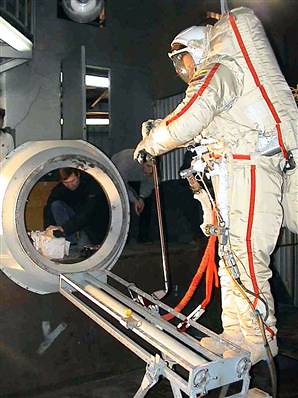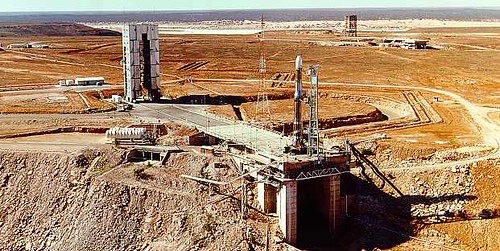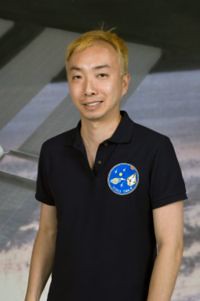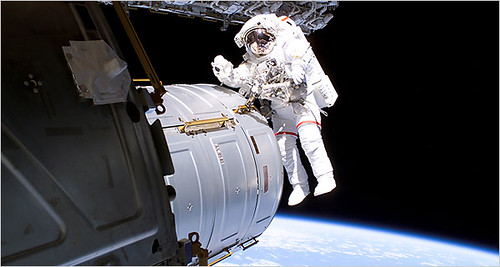Smart Cart to the Rescue
Friday, August 25th, 2006Of all the cool robot contraptions I’ve seen and blogged about lately, I haven’t come across one that sound like something I can actually use in my every day life. Until now, that is. That’s in part because I have a secret phobia: runaway shopping cart. When we go shopping on weekends, I fear a runway shopping (or one hastily abandoned, rather than being put away) cart will "ding" the car, or that ours will slip out of control.
But now that some University of Florida Students have invented a kind of Smart Cart, I may finally be able to shop for groceries without fear.
It looks almost like any other shopping cart, except sensors let it follow the shopper around the supermarket and slow down when needed so items can be placed in it. And it never crashes into anyone’s heels.
"The immediate thing that jumped to my mind was all those times as a kid when my sister would accidentally hit me with a cart," said its inventor, Gregory Garcia. "It seems like the public would really want this, since everybody shops."
Sounds like a good idea to me. So I gotta respectfully disagree that the Smart Cart is a sign that we’ve become irredeemably lazy. (If you ask me, the advent of the Segway and the self-flushing toilet long since heralded that human reality.) It just means I no longer have to fear runaway shopping carts.
All I need now is map of the grocery store and I’m all set.

 Thanksgiving Day 2006 in a publicity stunt to promote Canadian golf club manufacturer,
Thanksgiving Day 2006 in a publicity stunt to promote Canadian golf club manufacturer, 

 fly with two Russian cosmonauts in a on
fly with two Russian cosmonauts in a on 


